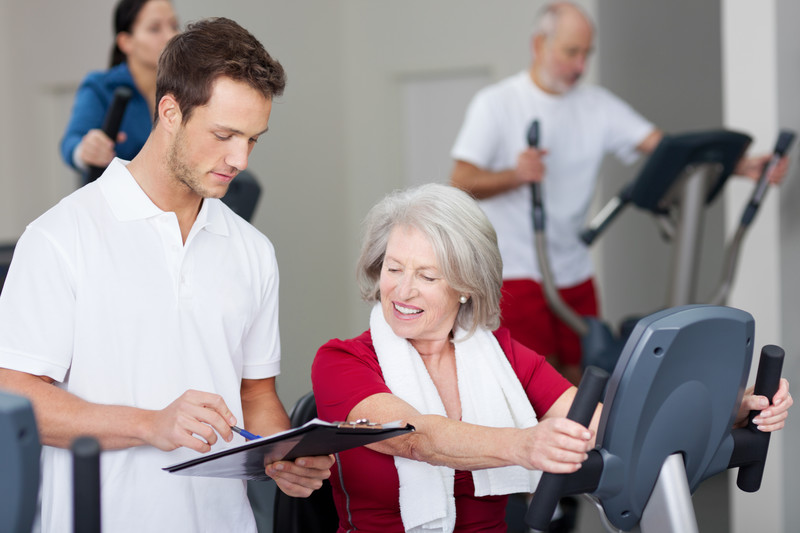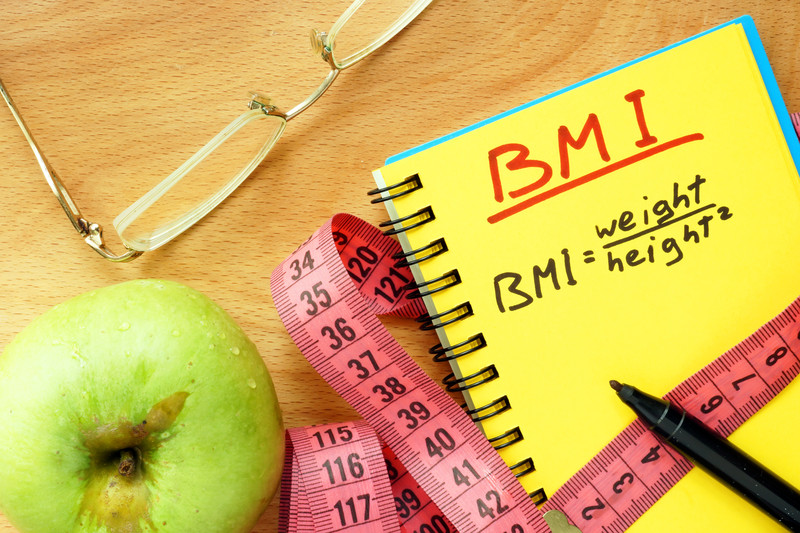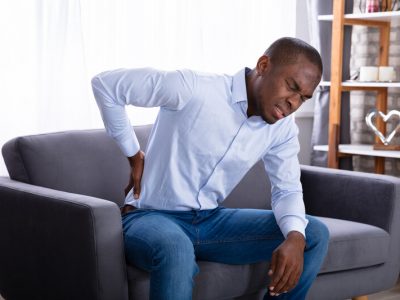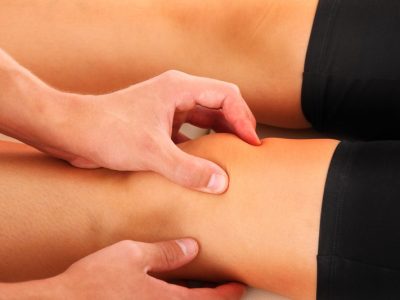
Many people assume that as we age we automatically start getting aches and pains. For some people, it’s become a common routine or even a joke, as they find new aches and pains that emerge with each age or decade. But does it have to be that way? Are there things that we can do earlier, in our younger years, that can help us to lower our risks of having chronic pain later in life, when we are older? As it turns out, researchers are finding that there are indeed things that you can do to help lower risks of having chronic pain later in life.
In the June 2018 issue of the Journal of Pain, researchers shared their findings from a study that looked at prevention of chronic pain (1). Stating that chronic pain is a major challenge as people age, they point out that there is a lot of research that is conducted on how to manage chronic pain, but very little done on how to help prevent it. They used data from the English Longitudinal Study of Aging to shed light on what can help prevent chronic pain as we age.
The study involves tracking over 2,600 people for a decade in order to see what type of physical or psychosocial factors may help reduce the risk of chronic pain as someone ages. All of the participants were over the age of 50 and were all free of chronic pain when the study began. When it came to the physical factors that play a role, they found that engaging in weekly vigorous activity helped to ward off chronic pain as one ages. However, engaging in moderate weekly activity did not, which means that it’s important to ensure that every week you are engaging in vigorous activity. When it came to the psychosocial factors, they found that cultural engagement was a protective factor against future chronic disease, but that community group activity was not.
According to the Centers for Disease Control and Prevention (CDC), only around 21% of adults meet the physical activity requirements each week (2). Most people do not get enough physical activity, and it can lead to serious health problems, including chronic pain conditions. The CDC recommends that adults get at least 150 minutes of moderate-intensity activity per week, or 75 minutes per week of vigorous intensity physical activity. What exactly is vigorous activity, which is what you want to aim for considering this latest study? It’s engaging in activities like running, hiking, playing soccer, and tennis singles.
Cultural engagement is an important key when it comes to having a good quality of life. It has a positive impact on your overall well being and it’s good for the community. Cultural engagement activities include taking part in and supporting things like theater, ballet, religious groups, and engaging in and promoting issues that are meaningful to you. This type of engagement brings quality and purpose to one’s life and as their study shows, helps to lower the risks for chronic pain later on in life.
This study offers good information for those who are looking ahead toward their future and want to live free of chronic pain. The more you can do now to help prevent it, by engaging in weekly vigorous physical activity and cultural engagement, the better off you will be. Plus, all along you will reap the immediate rewards that come from being physically active and engaged.
Sources:
Journal of Pain. Physical and psychosocial factors in the prevention of chronic pain in older age. https://www.ncbi.nlm.nih.gov/pubmed/29949780
Centers for Disease Control and Prevention. Facts About Physical Activity. https://www.cdc.gov/physicalactivity/data/facts.htm
Centers for Disease Control and Prevention. Current Physical Activity Guidelines. https://www.cdc.gov/cancer/dcpc/prevention/policies_practices/physical_activity/guidelines.htm







